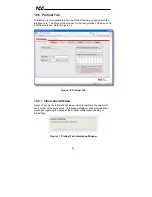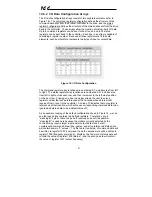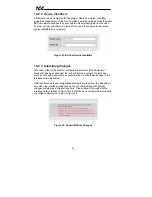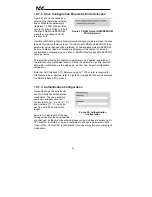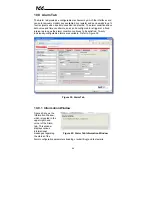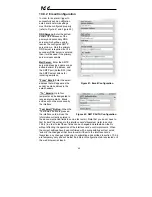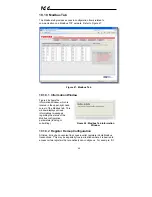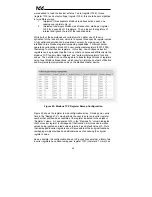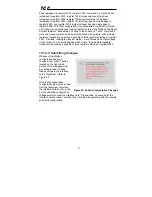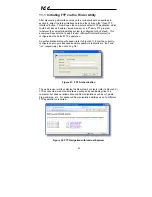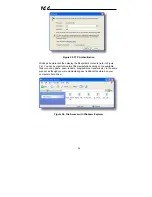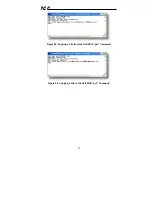
42
ICC
10.8.4
Class 1 (I/O) Data Configuration Arrays
The interface card supports two different types of EtherNet/IP class 1 (I/O) data
transfer. One type is included with the implementation of the AC/DC drive
profile, and requires no user configuration. The other type, however, is entirely
user-configurable, and is utilized when the client opens a connection to the
interface using assembly instances 100 and 150.
The user-configurable data arrays consist of two separate elements (refer to
Figure 37.) The consumed register configuration defines the structure of the
command data sent from the EtherNet/IP controller (for example, a
ControlLogix PLC) to the drive, and the produced register configuration defines
the structure of the status data sent from the drive back to the controller.
These arrays allow the creation of custom-built I/O data. Up to 32 command
registers can be sent to the drive, and up to 32 status registers can be sent
back to the controller. Each box in an array is capable of containing a register
number. Because all drive registers are 16-bit data elements, each box
therefore represents two bytes of consumed or produced data.
Figure 37: EtherNet/IP Class 1 (I/O) Data Configuration
Each of the register array locations are numbered 0-31, and traverse from left
to right across each row, and then increment to the left-most position on the
next row. Clicking on a box in an array allows the user to enter a register
number that will be referenced at that location when data is either consumed
from the controller or produced to the network. A value of 0 indicates that no
register is referenced at that location, which will cause the corresponding
consumed data to be ignored and produced data to be a default value of 0.
As an example, looking at the default configuration shown in Figure 37, we can
see that each array contains two defined registers. Therefore, up to 4
“meaningful” bytes of data can be both received and sent (the qualifier
“meaningful” is used here because the connection sizes configured in the



